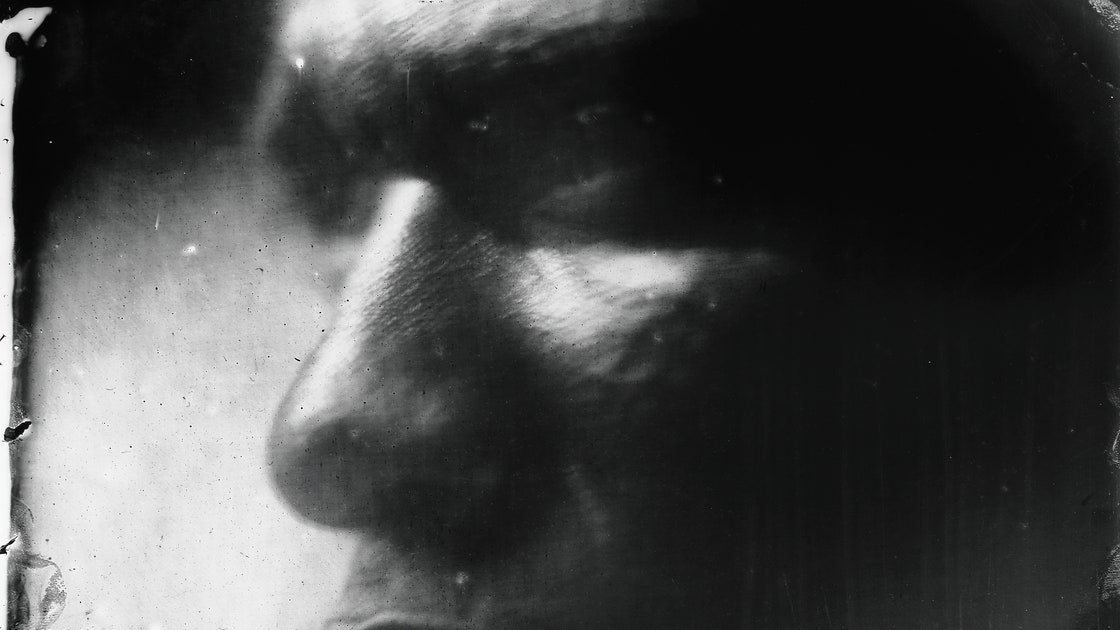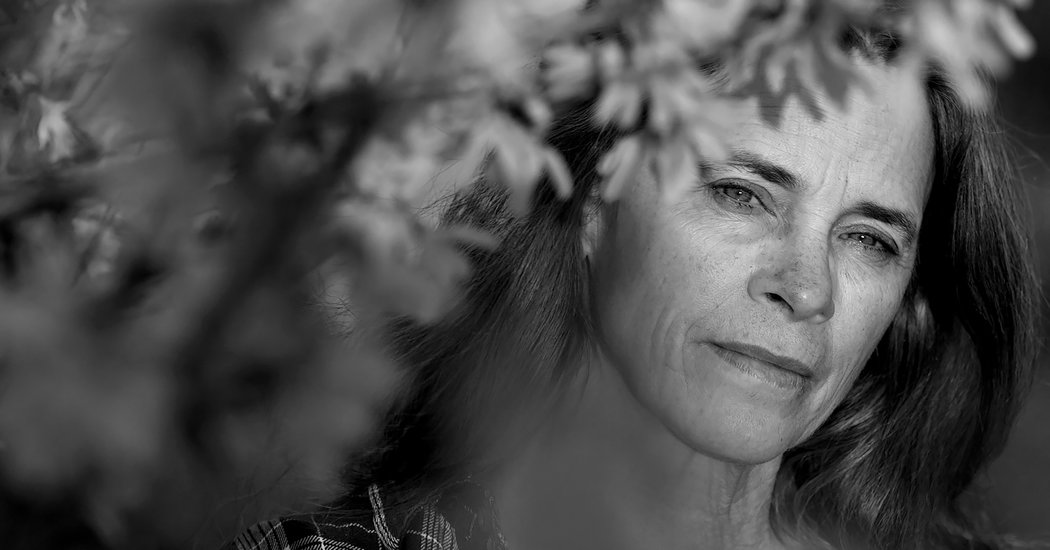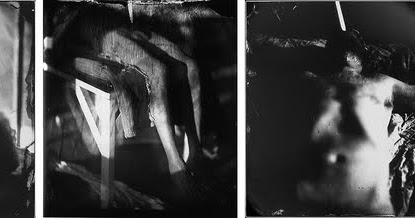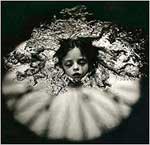Texas Drops Charges Against Photographer Sally Mann
A grand jury declined to take action.
via PetaPixel: https://petapixel.com/2025/03/27/texas-drops-charges-against-photographer-sally-mann-modern-art-museum-fort-worth/
Texas has dropped charges against Sally Mann after a grand jury declined to take action against the controversial photographer and the Modern Art Museum of Fort Worth where her photos were exhibited in January.







